14 Useful Ways to Visualize Your Data (with Examples)
Data visualization, simply put, is the creation of visual representations of data. The purpose of these representations is to clearly communicate insights from data through charts and graphs. In terms of business intelligence, these visualizations serve business users to better run their business based on data.
“To create architecture is to put in order. Put what in order? Function and objects.”
That’s a quote from Le Corbusier, one of the greatest architects of the 20th Century. Le Corbusier understood intuitively how to reduce everything to its simplest and most elegant form without ever sacrificing what mattered most: the purpose of each creation and how people interact with the space around them.
Why am I telling you this? Because data visualization is very much like architecture. When figuring out how to display data, you need to start with the function (the trend, pattern or vital piece of information you’re imparting at a glance), then consider the user (how they navigate and interact with the data) and only then the final step: make it as clean and beautiful as possible.
Many people tackle these steps in the wrong order. Instead of saying, “This is what I need to say; let’s find the best possible way of presenting that idea,” they think to themselves, “We need a bar chart / pie chart / indicator here.” Or worse, “Scatter maps are kind of cool. Shall we put one in here?”
This is how you end with confusing or even misleading visualizations that, while attractive, do little to aid smart decision making or enlighten you about the true performance of your business.
This article from IAPA patron Sisense, runs through 14 types of data visualization examples, ranging from the simple to the complex, explaining their unique features as well as how and when to use them to help you get the results you want.
The 14 types include:
- Indicator
- Line chart
- Bar chart
- Column chart
- Pie chart
- Area chart
- Pivot table
- Scatter chart
- Bubble chart
- Treemap
- Polar chart
- Area Map / Scatter Map
- Funnel chart
- Fisheye / Carteaian Distortion
